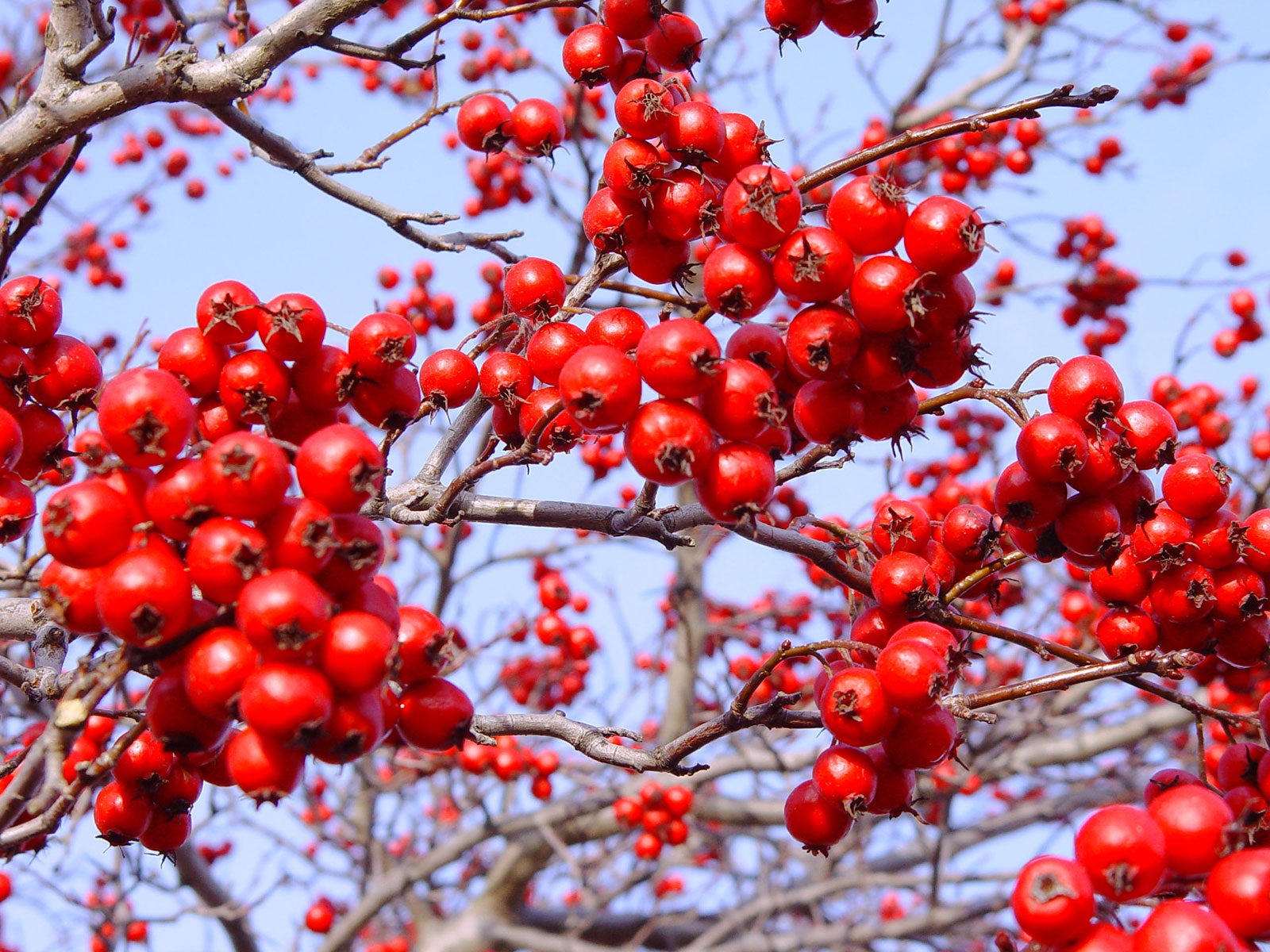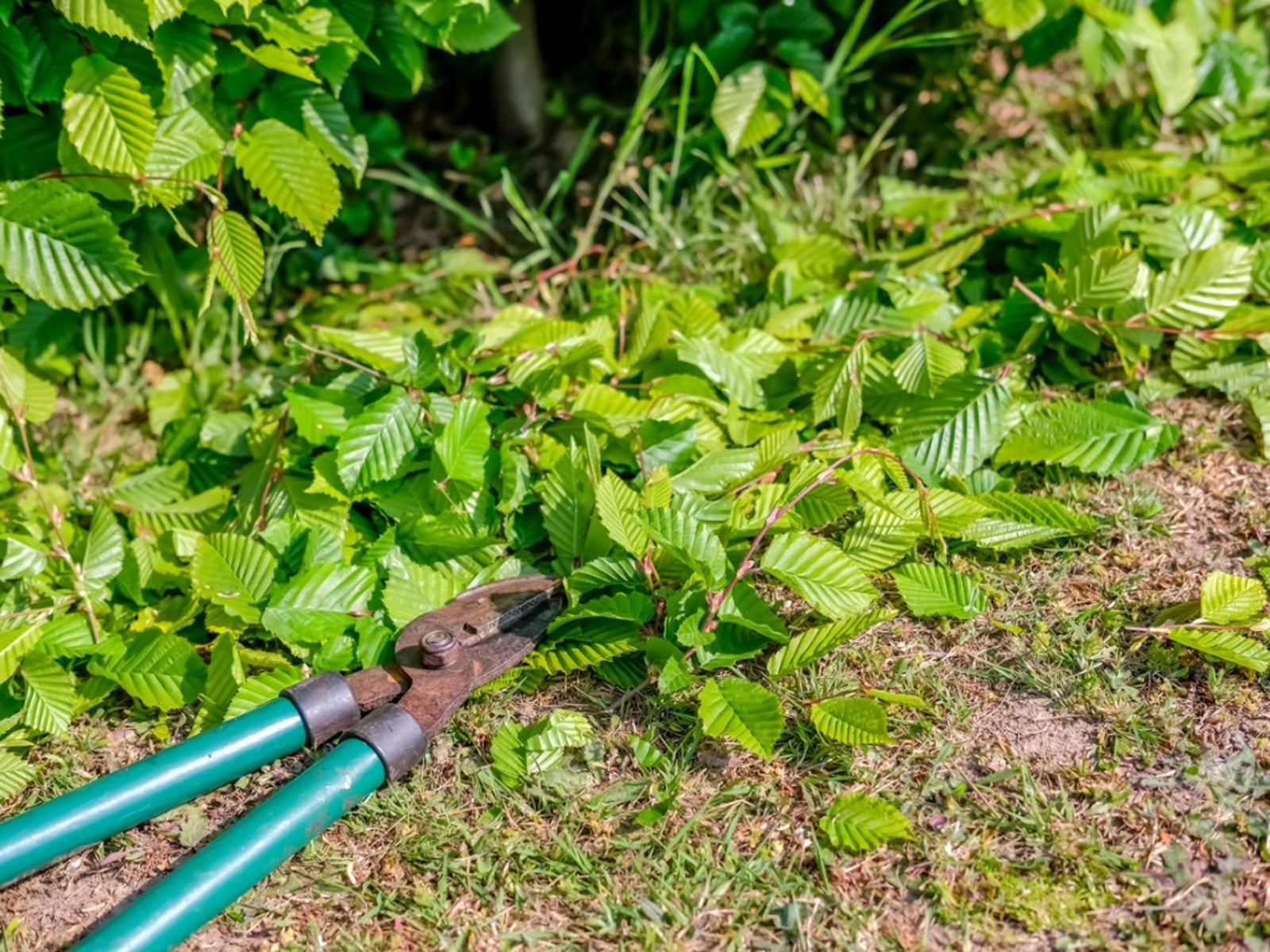Hawthorn
Hawthorn trees are renowned for their spring beauty and, with some species, their mayhaw fruits. Learn where and how to grow them.
-

Grow Green Hawthorn: Best Care For Crataegus Viridis
Find out how to grow a beautiful green hawthorn like 'Winter King' for ornamental berries in the fall, plus thorns for hedges and screens.
By Teo Spengler
-
What Is Mayhaw Brown Rot – Treating A Mayhaw With Brown Rot Disease
Brown rot of mayhaw is a fungal disease to be on the lookout for. What is mayhaw brown rot? Click on the following article to learn about the symptoms of a mayhaw with brown rot and about mayhaw brown rot control.
By Amy Grant
-

What Causes Mayhaw Fire Blight: Managing Fire Blight On Mayhaw Trees
Mayhaw trees are susceptible to a bacterial disease known as fire blight. Fortunately, fire blight on mayhaw can be controlled. Click the article that follows to learn about mayhaw fire blight control and prevention.
By Mary H. Dyer
-

Thornless Cockspur Hawthorns – Growing A Thornless Cockspur Hawthorn Tree
Thornless cockspur hawthorns are a user-friendly variety that allow gardeners to invite these North American natives into the garden without those thorny branches. For information about thornless hawthorn trees, the following article will help.
By Teo Spengler
-

What Is English Hawthorn – How To Grow English Hawthorn Trees
English hawthorn is a prolific flower producer in spring. This tree is a beautiful sight when covered with its impressive flowers in shades of white, pink, or red. Learn more about English hawthorn care in this article.
By Ilana Goldowitz Jimenez
-

Washington Hawthorn Care – Learn How To Grow Washington Hawthorn Trees
Washington hawthorn trees are cultivated for their showy flowers, bright-colored fruit and lovely fall colors. A relatively small tree, Washington hawthorn makes a nice addition to a backyard or garden. Click here for tips on how to grow Washington hawthorn trees.
By Teo Spengler
-

Cockspur Hawthorn Info: Learn How To Grow Cockspur Hawthorn Trees
Cockspur hawthorn trees are small flowering trees that are most notable and recognizable for their long thorns, growing up to three inches (8 cm.). In spite of its thorniness, this type of hawthorn is desirable because it is attractive and can be used for hedging. Learn more here.
By Mary Ellen Ellis
-

Hawthorn Hedge Transplanting – How To Transplant A Hawthorn Hedge
Hawthorns are often used for hedges. If you want to know how to transplant a hawthorn shrub or when to move a hawthorn hedge, click on the article that follows. You'll find lots of good tips for transplanting hawthorn hedges.
By Teo Spengler
-

Cedar Quince Rust Of Mayhaw Trees: Symptoms Of Mayhaw Cedar Rust
Mayhaw cedar quince rust is a common problem on these plants. It affects fruits, stems, and leaves and is considered extremely destructive. A few management strategies can help reduce the incidence of rust on mayhaw. Click here to learn more.
By Bonnie L. Grant
-

Treatment For Mayhaw Pests – Solutions To Mayhaw Insect Problems
Animals find mayhaws irresistible as well, but how about bugs that eat mayhaw? Deer and rabbits are mayhaw pests that can destroy a tree in no time, but does the mayhaw get insect problems? Click this article to learn about pests of mayhaw.
By Amy Grant
-

Mayhaw Propagation – Learn How To Propagate A Mayhaw Tree
Mayhaw trees are attractive, midsize specimens with spectacular springtime blooms. Small, round mayhaw fruits are prized for making delicious jams, jellies, syrup and wine. If you’re wondering how to propagate a mayhaw, search no further! This article will help.
By Mary H. Dyer
-

Can You Graft Mayhaws – Tips For Grafting A Mayhaw Tree
Can you graft mayhaws? Yes, you can, and many of the mayhaw cultivars are grafted onto other mayhaw rootstocks. For more information about mayhaw grafting, including tips on how to graft a mayhaw, simply click on the following article.
By Teo Spengler
-

Mayhaw Tree Complications: Common Problems With Mayhaw Trees
The mayhaw is a little known and little grown fruiting tree native to the southern United States. If you want mayhaw fruits, it’s important to have a healthy mayhaw tree. Learn more about common problems with mayhaw trees and how to troubleshoot mayhaw issues here.
By Liz Baessler
-

Is My Mayhaw Tree Sick: Common Diseases Of Mayhaw Trees
Many gardeners enjoy growing unique native fruits as a means to enhance their gardens and build natural habitat for wildlife. However, some of these, like mayhaw, are susceptible to various diseases. So, if you’re asking, “why is my mayhaw tree sick,” this article should help.
By Tonya Barnett
-

Mayhaw Cutting Propagation: Propagating Mayhaw With Cuttings
Many hard-to-find fruit trees, such as the mayhaw, are easily propagated through stem cuttings. Rooted stem cuttings are an easy way to expand the garden. So, if you want a simple way to add mayhaws to your fruit tree garden, learn how to root their cuttings here.
By Tonya Barnett
-

Types Of Hawthorn Trees: How To Grow Hawthorn In The Landscape
Hawthorn trees are a delight to have in the landscape because of their attractive shape, shade potential, and clusters of pink or white flowers that bloom in spring. Get more information about them in this article.
By Jackie Carroll
-

Mayhaw Seed Sowing – Learn When To Plant Mayhaw Seeds
Mayhaw is a small tree native to the southern United States that produces a small fruit. Traditionally, the fruit is used to make jelly or wine. It also makes a great flowering ornamental. Growing mayhaw from seed is a simple way to propagate this tree. Learn more here.
By Mary Ellen Ellis

